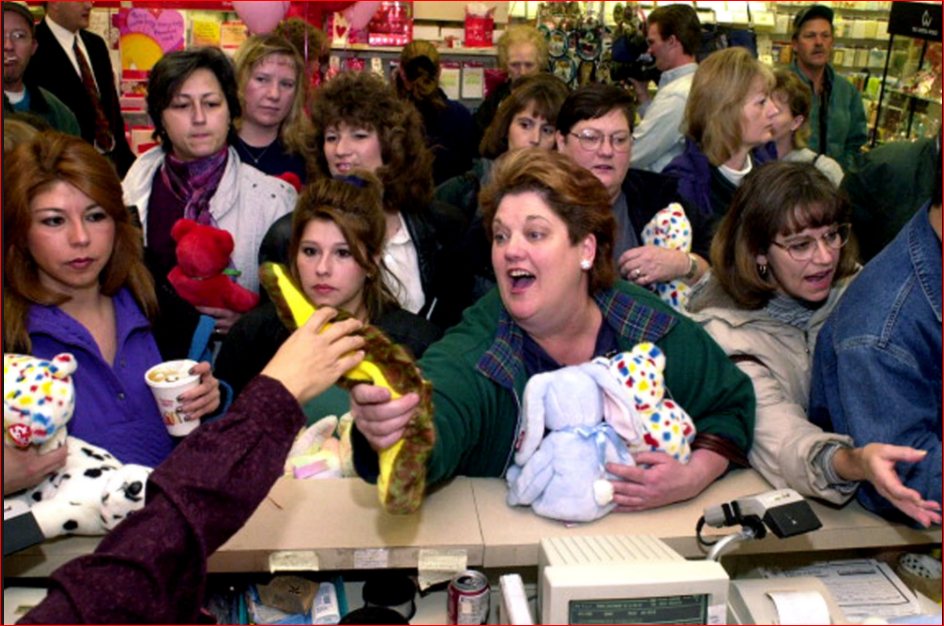Easy money and the allure of certain riches have trapped speculators for centuries. A bubble that is easy to see in hindsight seduces the imagination while in progress, whether the trading is in tulips or teddy bears.
All in Academic Articles
In heat of the market, as speculators give chase, bubble values make perfect sense.
Keynesians at the central bank think people are just so many particles to be plugged into their models to determine what to set the fed funds rate to, or how much Q to stir into its QE. But when the researchers plugged numbers into MV=PQ, they admitted, “(I)nflation in the U.S. should have been about 31 percent per year between 2008 and 2013, when the money supply grew at an average pace of 33 percent per year and output grew at an average pace just below 2 percent.”
Rickards emphasizes that economic order emerges spontaneously from economic complexity instead of being imposed by central bankers and their policies. So what we have now with central bank central planning is disorder and continuous malinvestment.
The Independent Institute’s Boom and Bust Banking: The Causes and Cures of the Great Recession features multiple authors but puts the blame for the crisis with one institution–the Federal Reserve.
Federal Reserve chairman Janet Yellen makes no apologies for raising the prices of
stocks and bonds. It’s all for the little people, she says. “We are trying help families afford
things.” What her employer really does is allow the bankrupt to keep operating.

